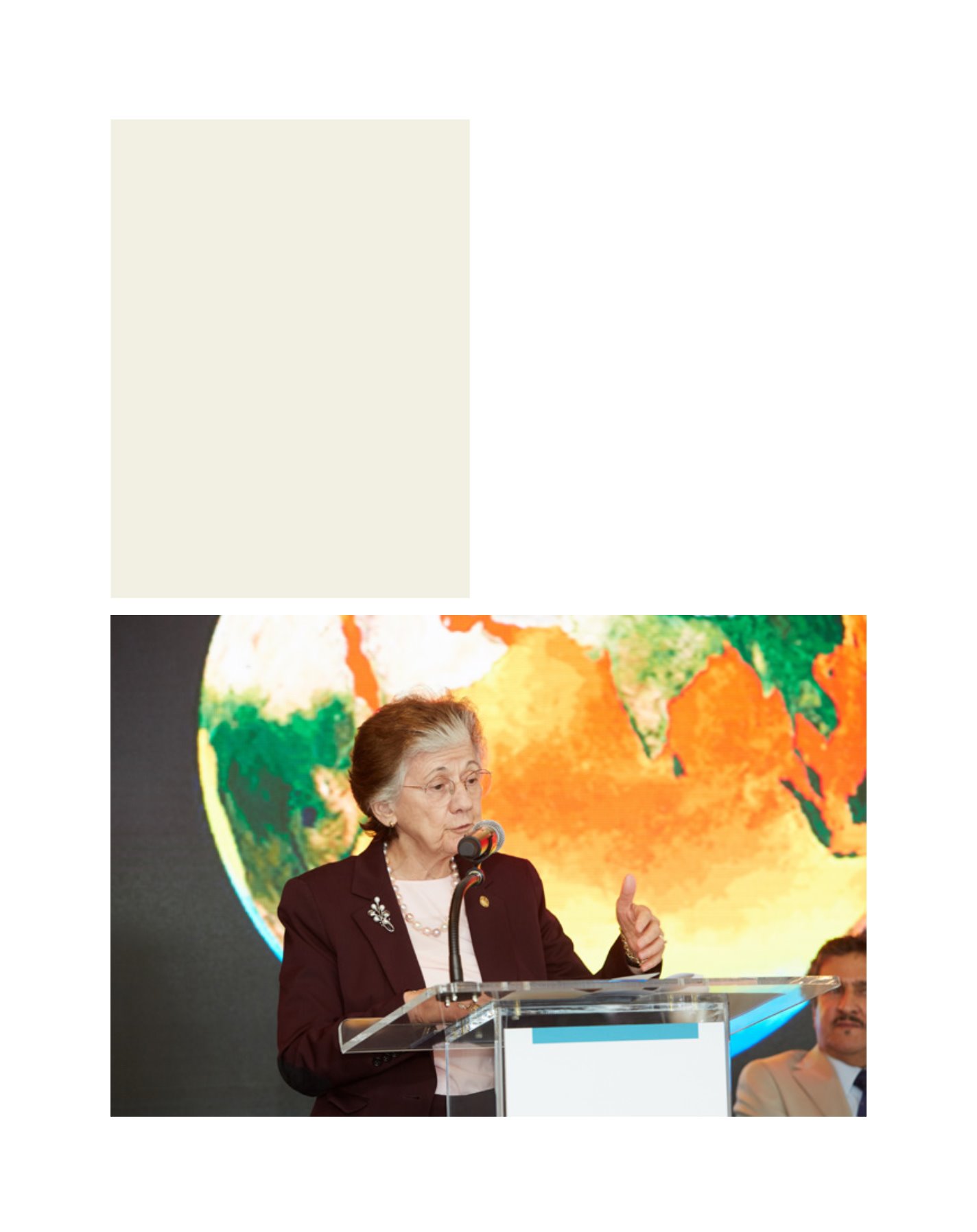

[
] 112
access
to
water
and
sanitation
for
all
catalysts into the nanofiltration membranes. Conventional
membrane technologies remove pathogenic microorganisms
and toxins from drinking water only by physical separation
(or sieving), creating a concentrated stream of active patho-
genic microorganisms, which poses a serious threat at the
discharge site if not further treated.
The new technology, by contrast, uses an advanced oxida-
tion processes to bring about photocatalytic degradation of
pathogens during the filtration process, allowing very efficient
water purification. Moreover, it does so under normal solar light
conditions, a key factor for the reduction of energy requirements
in water treatment. Falaras’ work also makes use of novel, envi-
ronmentally friendly materials and represents a cost-effective
application of nanotechnology for enhancing water quality.
Algorithms for large-scale water systems
In 2014, Dr. WilliamW-G. Yeh of the University of California,
Los Angeles won the Water Management and Protection
Prize for his development of optimization models to plan,
manage and operate large-scale water resources systems
throughout the world. His methodology in utilizing systems
analysis techniques – as well as the algorithms he developed
for the real-time operation of complex, multiple-purpose,
multiple-reservoir systems – have been adopted in the US and
throughout the globe, most notably in Brazil, Korea, Taiwan
and the People’s Republic of China. Dr. Yeh’s many achieve-
ments include the development of the operation rules and
optimization of California’s reservoir and water distribution
Winners of the seventh award (2016)
The seventh awards ceremony for the Prince Sultan Bin Abdulaziz
International Prize for Water was held at the UN headquarters in
New York on 2 November 2016. The winners were as follows:
Creativity Prize
: Dr. Rita Colwell (University of Maryland, College
Park) and Dr. Shafiqul Islam (Tufts University) for using chlorophyll
information from satellite data to predict cholera outbreaks at least
three to six months in advance.
Creativity Prize
: Dr. Peter J. Webster (Georgia Institute of
Technology) for a model that forecasts monsoonal floods one to two
weeks in advance.
Surface Water Prize
: Dr. Gary Parker (University of Illinois Urbana-
Champaign) for advances in the scientific understanding of changes
in river flows and, consequently, the functionality of river systems as
a water source.
Groundwater Prize
: Dr. Tissa H. Illangasekare (Colorado School of
Mines) for work that contributes significantly to the prediction of the
long-term consequences of pollutants in groundwater systems.
Alternative Water Resources Prize
: Dr. Rong Wang and Dr.
Anthony G. Fane (Nanyang Technological University, Singapore) for
developing energy-efficient novel membranes to sustainably sanitize
larger volumes of water.
Water Management and Protection Prize
: Dr. Daniel P. Loucks
(Cornell University) for developing and implementing the systems
approach to water resources management.
Winner of the 2016 Creativity Prize, Dr. Rita Colwell, speaking in front of a satellite image showing chlorophyll distribution in the world’s oceans
Image: PSIPW
















